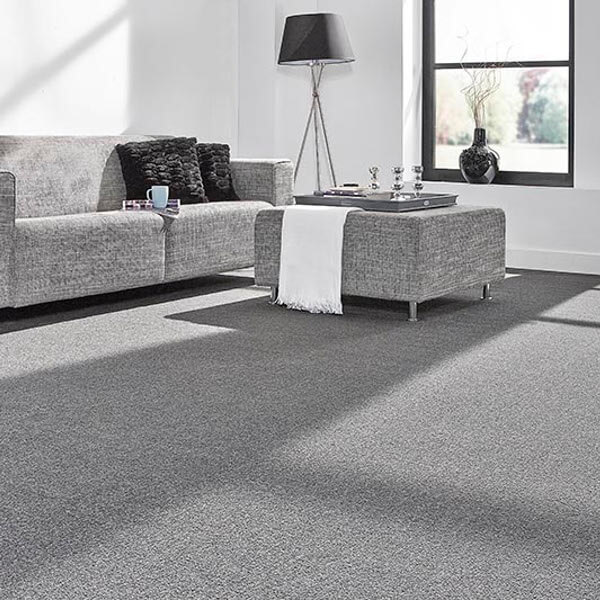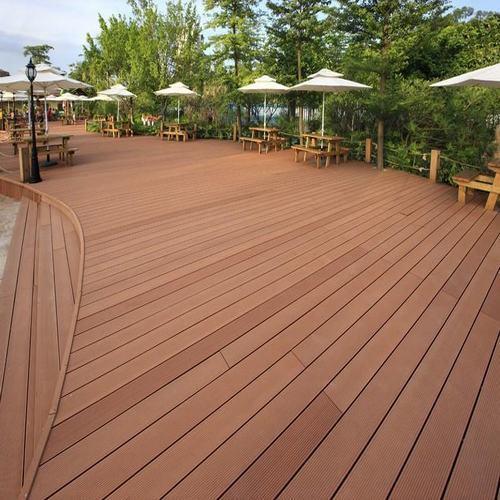
In today’s eco-conscious world, homeowners are rethinking every element of their interior design—right down to the flooring beneath their feet. Carpet, once known for synthetic fibers and off-gassing chemicals, are undergoing a green revolution. If you’re looking to make your home more environmentally friendly without compromising on comfort or style, sustainable carpets are a smart, responsible choice.
In this blog, we explore what makes a carpet eco-friendly, the top sustainable materials available, certifications to look for, and tips for choosing carpets that are good for both your home and the planet.
What Makes a Carpet “Sustainable”?
A sustainable carpet is one that’s produced with minimal environmental impact throughout its lifecycle—from raw material sourcing to manufacturing, usage, and eventual disposal. Unlike traditional carpets made from petroleum-based synthetic fibers and chemical-laden backings, eco-friendly carpets emphasize:
- Renewable or recycled materials
- Low-VOC (volatile organic compound) emissions
- Biodegradability or recyclability
- Ethical production methods
- Certifications from recognized green standards
By choosing carpets made with sustainable practices, you reduce your carbon footprint and contribute to healthier indoor air quality.
Top Eco-Friendly Carpet Materials
Wool
Wool is a classic choice for green carpeting. It’s 100% natural, biodegradable, and renewable. Wool carpets are durable, naturally stain-resistant, and provide excellent insulation. They’re also fire-retardant and moisture-wicking, making them suitable for various climates.
Tip: Choose untreated or minimally treated wool to avoid added chemicals.
Recycled Nylon or PET
Recycled carpets made from post-consumer plastic bottles (PET) or reclaimed nylon fibers from old carpets are gaining popularity. These materials reduce landfill waste and use far less energy than producing virgin fibers.
Bonus: Brands like ECONYL® are leading the charge with regenerated nylon carpets that look and feel luxurious.
Seagrass, Jute, and Sisal
These plant-based fibers are both biodegradable and sustainably harvested. They’re best suited for low-traffic areas like bedrooms or home offices due to their texture and sensitivity to moisture.
Style Note: Natural fiber carpets add earthy texture and pair well with minimalist or boho interiors.
Organic Cotton and Hemp
Though less common in wall-to-wall carpets, organic cotton and hemp are used in eco-friendly rugs and carpet blends. They grow quickly with little to no pesticides and decompose naturally over time.
Cork and Bamboo (Carpet Alternatives)
While not carpets in the traditional sense, cork and bamboo flooring topped with area rugs are a popular eco-chic solution. They’re renewable, antimicrobial, and incredibly stylish in modern interiors.
Certifications That Matter
When shopping for sustainable carpets, look beyond marketing buzzwords and check for these trusted certifications:
- Green Label Plus (CRI): Ensures low VOC emissions for improved indoor air quality.
- GUT (Germany): Guarantees environmentally friendly production and safe use.
- Global Organic Textile Standard (GOTS): Applies to organic fibers like wool and cotton.
- Cradle to Cradle Certified™: Assesses products for their full life-cycle impact.
- OEKO-TEX® Standard 100: Certifies textiles free of harmful substances.
These labels give you peace of mind that your carpet choice aligns with environmental and health standards.
Benefits of Choosing Sustainable Carpets
- ✅ Improved Indoor Air Quality: Low or no VOC emissions mean a healthier home, especially for kids and pets.
- ✅ Durability: Natural and recycled materials are often surprisingly tough and long-lasting.
- ✅ Reduced Waste: Choosing recycled or biodegradable materials keeps waste out of landfills.
- ✅ Energy Efficiency: Carpets like wool insulate better, potentially lowering your energy bills.
- ✅ Ethical Living: Many sustainable carpet brands support fair trade and ethical labor practices.
Tips for Making the Green Choice
Ask Questions: Inquire about the carpet’s fiber content, backing materials, and dyeing processes.
Consider the Padding: Choose eco-friendly underlays made of natural rubber, felt, or recycled materials.
Think Long-Term: A durable carpet that lasts 15 years is more sustainable than a cheaper one replaced every 5.
End-of-Life Plan: Look for carpets that can be recycled or are biodegradable, and check if the brand offers take-back programs.
Go Local: Supporting local manufacturers reduces transport emissions and supports the green economy near you.
Final Thoughts
Sustainable carpet Abu dhabi are no longer a niche market—they’re a growing movement reshaping the way we think about home design. With a wide range of stylish, durable, and health-conscious options available, making the switch to an eco-friendly carpet is easier than ever.
By choosing natural fibers, recycled materials, and certified green products, you’re not just upgrading your flooring—you’re investing in a healthier future for your family and the planet.






